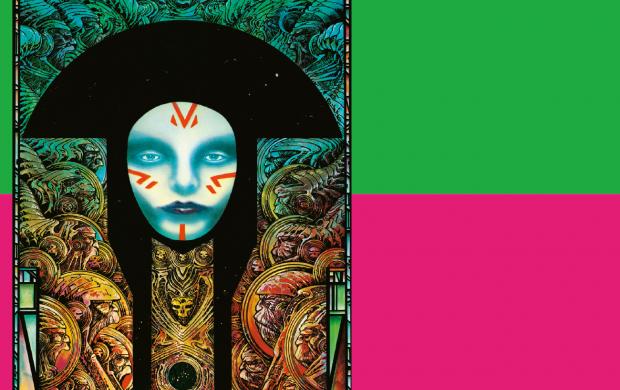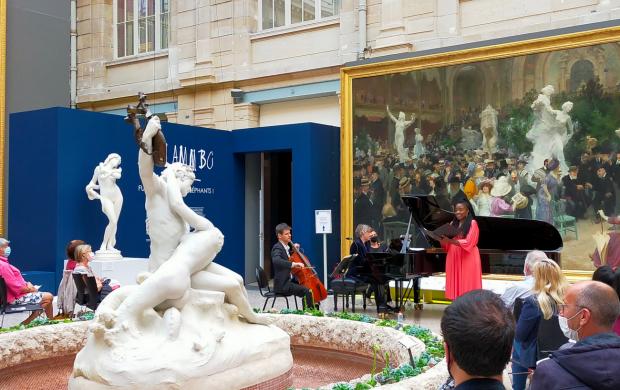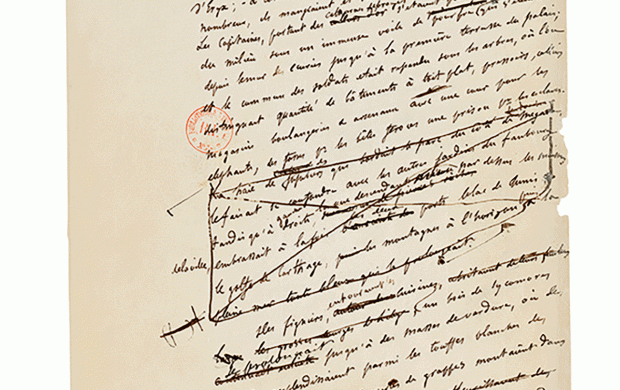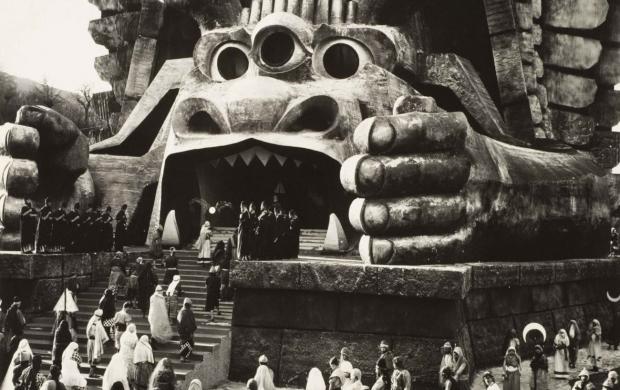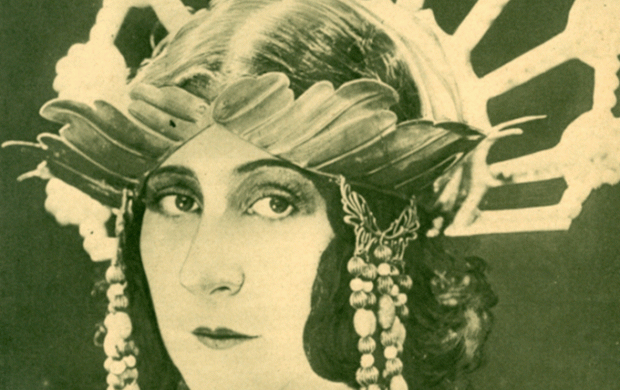Salammbô
Fury! Passion! Elephants!
Mucem, J4—
Niveau 2
|
From Wednesday 20 October 2021 to Monday 7 February 2022
“It was in Megara, a suburb of Carthage, in the gardens of Hamilcar.”
`
Supported by the RMM (Réunion des Musées Métropolitains Rouen Normandie) and the Mucem (Musée des civilisations de l’Europe et de la Méditerranée), the exhibition “Salammbô. Fury! Passion! Elephants!” is the major element of the celebrations of the bicentenary of the birth of Gustave Flaubert (1821, Rouen - 1880, Croisset). By bringing together literature, painting, sculpture, photography, the performing arts, cinema, comic strips and archaeology, “Salammbô” explores the topicality of an extraordinary work, which disturbs the concerns of today: class determinism, gender assignment, political violence, the legitimacy of power, mass warfare, otherness, diversity... namely, all that confounds the modern world can be found in the seeds of this historical phantasmagoria, which continues to disturb contemporary sensibilities.
The exhibition presents 250 works from French and European public and private collections, including the musée du Louvre, the Bibliothèque nationale de France, the Musée national d’art moderne-Centre Pompidou, the Musée d’Archéologie méditerranéenne de Marseille, the Cabinet des Médailles (Archives municipales) de Marseille, and museums in Rouen, Munich and Berlin... Thanks to the National Heritage Institute of Tunisia, with which the Mucem has had a close cooperation policy for the past five years, major loans have been granted by the Bardo and Carthage museums, enabling the French public to discover the archaeological treasures of the Punic period.
—Head curator: Sylvain Amic, honorary chief custodian for heritage, director of the Réunion des Musées Métropolitains Rouen Normandie
—Associate curator: Myriame Morel-Deledalle, chief custodian for heritage, the Mucem
—Scenography: Flavio Bonuccelli
—Partners: with the support of Mutuelles du Soleil
Exhibition co-produced by the Réunion des Musées Métropolitains Rouen Normandie and the Mucem, with the support of the Institut national du patrimoine de Tunisie.
With the exceptional participation of the musée du Louvre.
Exhibition produced with the exceptional support of the Bibliothèque nationale de France
-
Interview with Sylvain Amic and Myriame Morel-Deledalle,
curators of the exhibition -
Mucem (M.) This exhibition is part of the Bicentenary of the birth of Gustave Flaubert (1821-1880). Why were you interested in Salammbô? How does this novel illustrate the influence that Flaubert had on his time?
Sylvain Amic (S.A.) To introduce Salammbô, Guy de Maupassant wrote: “Is this a novel? Is it not rather a sort of opera in prose?” (...) This giant book, the most plastically beautiful he ever wrote, also gives the impression of a magnificent dream. This is what guided us: the contagious power of this dream, the intense fascination that this text full of sensations and images exerts on readers and creators. Since 1862, Salammbô has become a significant cultural phenomenon; its place in our imaginations has not ceased to amaze us. When Salma Hayek dances with a snake for Tarantino, she is re-enacting Salammbô.
M. Painting, sculpture, music, cinema... The exhibition brings together all the fields of the arts and even more...
S.A. It is the nature of a masterpiece that it feeds all types of creative work. The most extraordinary thing is to follow the passage from one medium to another, from the most sophisticated to the most popular, through all strata of society: the novel triggered a chain reaction that has bounced from generation to generation. Flaubert acted as a true demiurge with Salammbô: at the cost of an immense amount of work, he recreated a lost civilization, a galaxy of characters, a genuine universe woven from a thousand details and sublime moments; it is a marvellous treasure that has been seized upon by the brightest of talents. I have only one regret: not being able to light the exhibition with the wall lamp created by the two brilliant designers, Garouste and Bonetti. There are no more in circulation and the moulds have no doubt been broken up...
Myriame Morel-Deledalle (M.M.-D.) Let’s not forget the contribution of archaeology, which was very present in Flaubert’s mind, and necessary to set the scene of the novel in the exhibition, namely the site of Carthage in the third century BCE. Indeed, although all forms of art are on display in the exhibition, it is archaeology that constitutes this very powerful approach to enter into Flaubert’s work, as well as this still poorly known Phoenician-Punic civilization.
M. What do you think are the most outstanding pieces in the exhibition?
S.A. Flaubert’s own manuscript, in which the memorable phrase is written before one’s eyes: “It was in Megara, a suburb of Carthage, in the gardens of Hamilcar”! I would also mention the painting by Carl Strathmann on loan from Weimar, which contains precious stones in its pictorial layer... Or the tapestry of Scipio, on loan from the Louvre and nine metres in size! But it is also the presence of some of the most important archaeological finds from the site of Carthage that is exceptional, in particular the lid of the sarcophagus of the Winged Priestess.
M.M.-D. On the subject of archaeological evidence, I would first speak of the stelae of the Tophet of Carthage, on loan from the Louvre and the Carthage Museum. The tophet is the “sanctuary”, the place where the deities Tanit and Baal Hammon were offered to the gods; Flaubert took the position that children were sacrificed there, but this is a matter of debate among specialists who consider that it could be thought that it was a cemetery for stillborn children and that animals were perhaps sacrificed there for the most part as a substitute. On the marble and limestone stelae that we are presenting, one can see representations of animals such as sheep and birds, but also a child; this may further fuel the debate.
Among the remarkable pieces, I would also mention the other works on loan from the Carthage Museum, such as the exceptional painted sarcophagus of Arisatbaal, priestess of Tanit; as well as the refined ivory decorations and the terracottas, including a sumptuous Punic warrior and a grimacing mask, which testify to the specificity of Punic cults.M. During your research, what was the “discovery” that struck you the most?
S.A. The cartoonist Philippe Druillet spent seven years of his life converting Salammbô into a kind of graphic space opera unsurpassed in the history of comics. The appearance of this aesthetic in the comic magazine Métal Hurlant in January 1980 was a considerable shock: films such as Mad Max, Star Wars and The Lord of the Rings make direct reference to it. Meeting the author, and rediscovering the originals, these immense plates worked with ink, airbrush and gouache, was a dazzling experience
M.M.-D. My most beautiful discovery is the Punic warrior that the Carthage Museum lent us, a piece that has never been shown before. It was found in a Carthaginian sanctuary from the 3rd or 2nd century BCE, so it is slightly later than the Mercenary War, which is the historical moment in which the action of Salammbô is set. This terracotta bust is of major importance because no other representation of the war is known for this period, so it is exceptional for us to be able to show it. The Mucem and the Musée de Rouen have joined forces to restore it for this exhibition.
M. What are the echoes of Salammbô in our contemporary world?
S.A. .: How it is viewed is renewed with each generation as new facets are discovered: today Salammbô is understood as a victim of patriarchy, and the revolt of the mercenaries as an uprising of gilets jaunes! But beyond that, Salammbô has become a shared cultural heritage, bringing together the two shores of the Mediterranean. Do you know many heroines who have given their name to a city? This is the case with the town of Salambo, in Tunisia. Douraïd Souissi’s photographs, Yesmine Ben Khelil’s collages, and the testimonies of Tunisian writers collected for the catalogue illustrate this appropriation that has gone through the post-colonial period! The magazine L’Histoire gave the exhibition the title “Flaubert the Tunisian”. The circle is complete...
An exhibition carried by |
|||
As part of |
|
||
With the exceptional participation of |
All activities and events (in French)
Partners and sponsors
With the support of
In partnership Le Monde, Télérama, France Médias Monde, France Bleu Provence et Histoire TV










